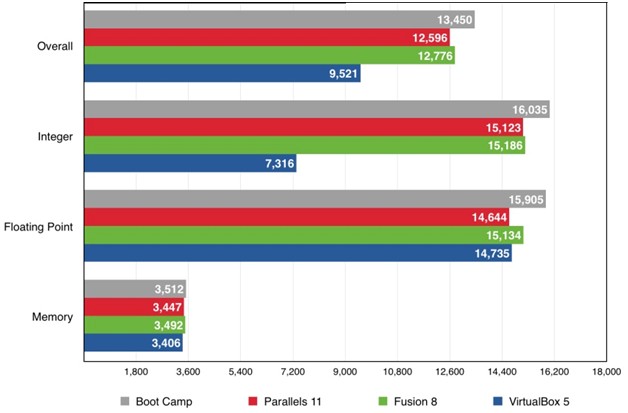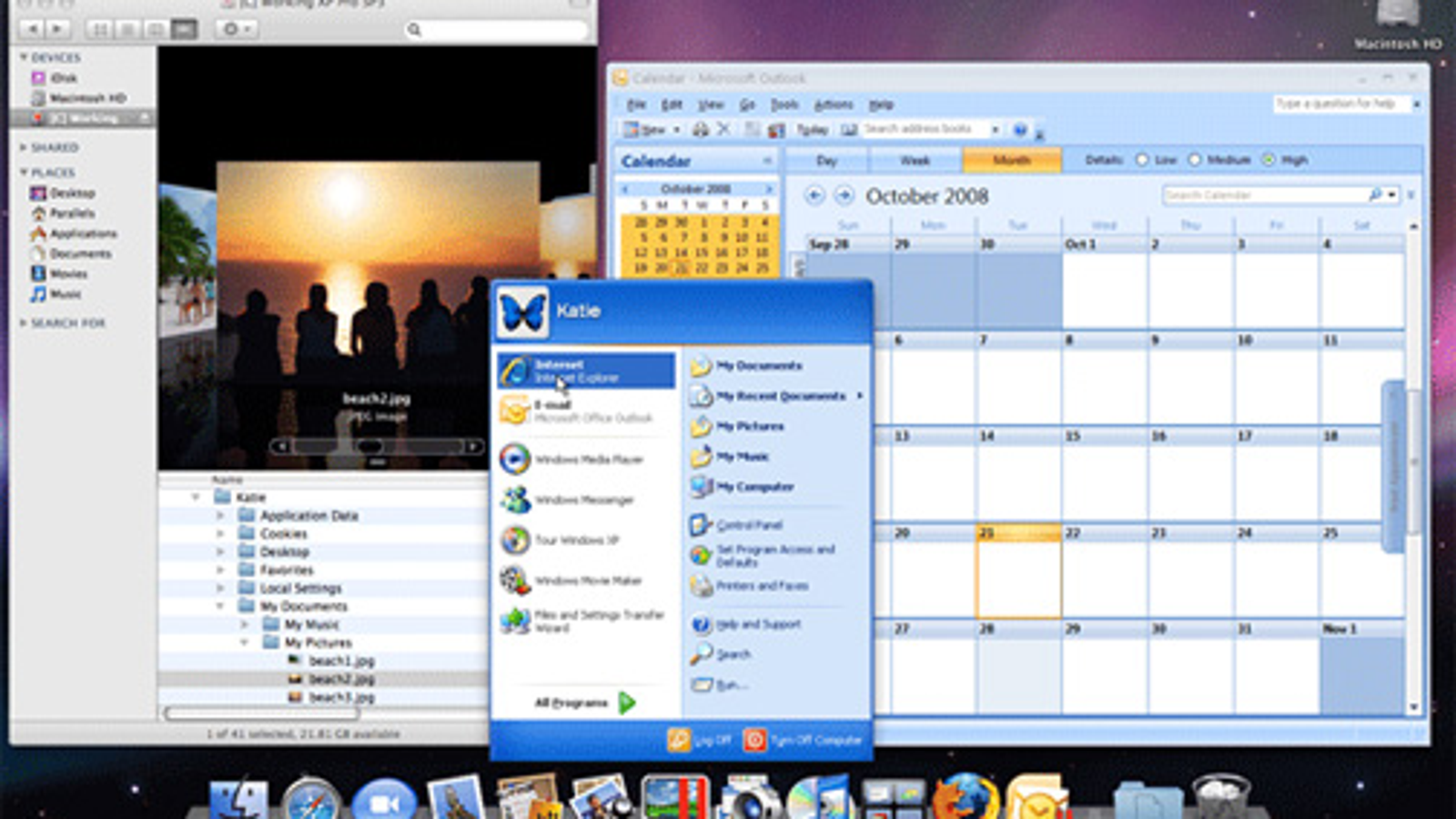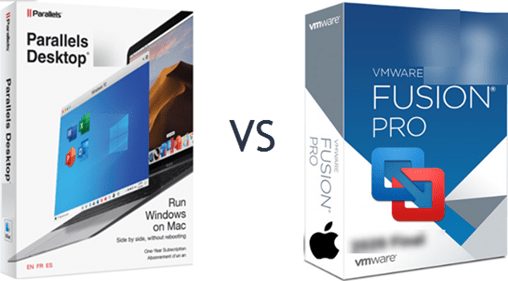

- #Parallels vs vmware fusion 2017 mac os
- #Parallels vs vmware fusion 2017 upgrade
- #Parallels vs vmware fusion 2017 full
- #Parallels vs vmware fusion 2017 pro
#Parallels vs vmware fusion 2017 upgrade
Especially with their Parallels to VMWare upgrade offering. So I was holding my credit card ready in my hand, ready to pay for Fusion 8.
#Parallels vs vmware fusion 2017 mac os
Also because I did not like it I had to pay to upgrade my Parallels license if I wanted to upgrade Mac OS to OS X El Captain… I don’t like this kind of “you have to”‘s. I’ve been a Parallels 9 user and was about to upgrade to VMWare Fusion 8 after reading several reviews.

In general, however, I hope you’ll agree that your specific configuration isn’t applicable to ~99% of users.
#Parallels vs vmware fusion 2017 pro
If you’d like us to conduct future tests on your custom Mac Pro (I say “custom” because the Mac Pro you describe in your other comment - 2 x 6-core hyperthreaded 3.33GHz - is not a configuration Apple ever shipped), then please send it to us and we’ll be happy to do the additional testing. That’s why we used both a MacBook Pro and mid-level Mac Pro in the tests.

Neither company claimed that our testing procedure or the configuration of our virtual machines were incorrect or unfair.ģ) Other than providing licenses for both Fusion 8 and Parallels Desktop 11 for our tests, TekRevue was not remunerated by either company in any way, nor were the tests conducted or guided by anyone outside of TekRevue.Ĥ) These products, and our review, are primarily targeted at consumers. You’ll find this information on the ironically named “Test Setup & Methodology” page.Ģ) We submitted our results and methodology to both Parallels and VMware to give each company a chance to respond. Let me clarify for you:ġ) The exact models and specifications for the testing hardware are listed in the article, along with the methodology used for the tests.
#Parallels vs vmware fusion 2017 full
To see any chart in its full-sized Retina glory, just click or tap on it to load the full image. Some tests required that we cram a lot of data into a single chart, and some of these charts may be difficult to read on smaller or low-resolution screens. You can browse all results in order by using the “Next” and “Previous” buttons below, or you can jump directly to a specific test using the Table of Contents, which is found at the bottom of every page. Our benchmark tests and results are divided into the sections identified below. We therefore ran select CPU- and GPU-focused tests on a 2013 Mac Pro, and we have those numbers available in their own dedicated section later on. But we were also curious about just how well Fusion and Parallels would perform if given access to clearly “high-end” resources.

As we’ll describe in more detail in the next section, all of our tests were performed on 2014 15-inch MacBook Pro, a system that we consider to be in the “mid-to-high” range of Mac configurations. We’ve therefore run all applicable tests in Boot Camp as well, which gives us an idea of how close these options are to eliminating the need for something like Boot Camp altogether, at least for certain tasks.Īlso new this year is the addition of a “high end” host for some tests. Part of our goal with this analysis is not to simply determine which virtualization solution is the fastest, we also want to see how they compare to “native” Windows performance on the same hardware.


 0 kommentar(er)
0 kommentar(er)
